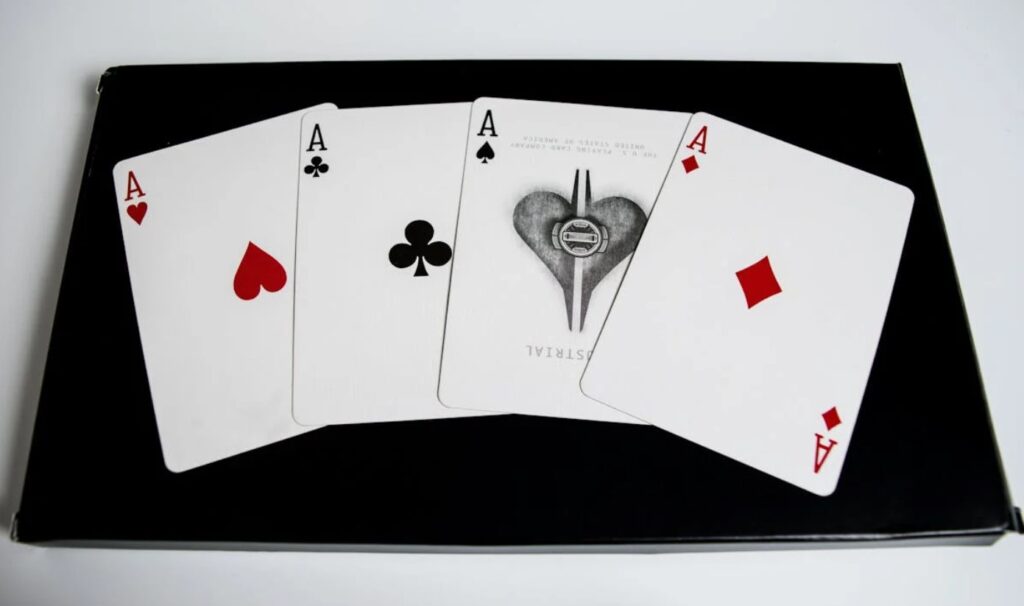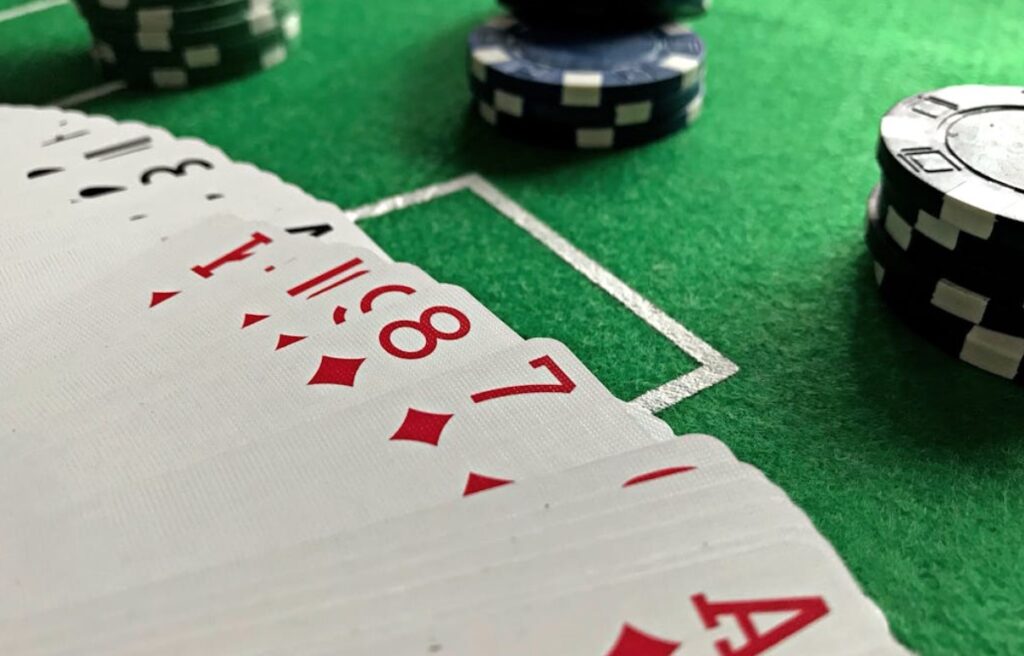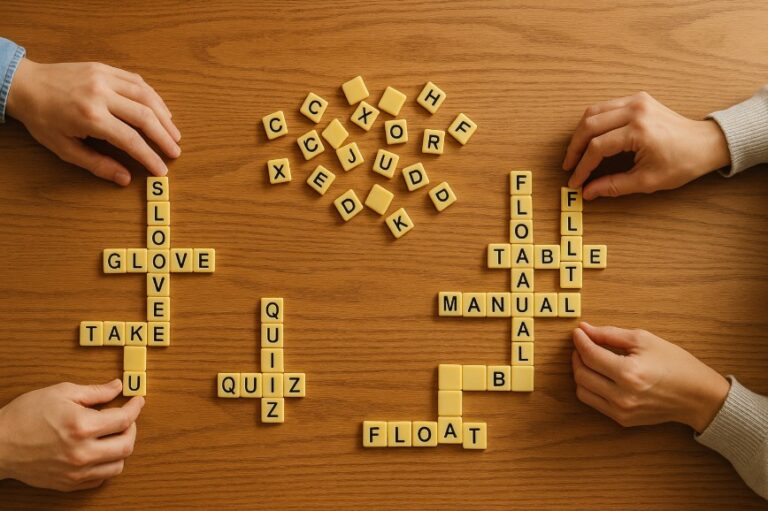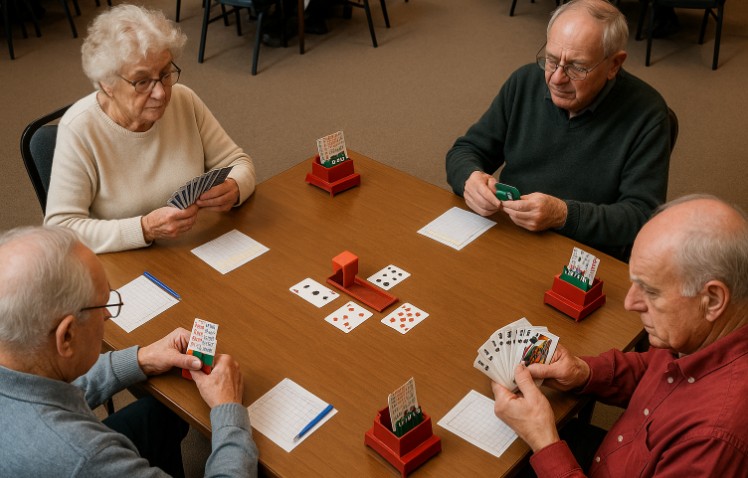Patience, known more commonly as Solitaire in other parts of the world, is a timeless card game that has captivated players for generations. It’s a game that requires strategy, focus, and, as the name suggests, a good deal of patience.
Whether you’re looking to pass the time or challenge your mind, learning how to play Patience can be both enjoyable and rewarding. In this guide, I’ll walk you through the rules, setup, and some handy tips to help you get the most out of your Patience card game experience.
What Is the Patience Card Game?

Patience is a card game played by a single player using a standard deck of 52 cards. The objective is simple yet challenging: to move all the cards onto foundation piles, sorted by suit in ascending order from Ace to King.
What makes Patience so intriguing is that, while the rules are straightforward, the game itself can vary in difficulty depending on the shuffle of the deck. The game is a staple in the UK, where it’s a popular way to relax and unwind.
Why Is It Called Patience?
The name “Patience” is fitting because the game often requires a calm and methodical approach. Unlike faster-paced games, Patience rewards players who can think several moves ahead and are willing to bide their time until the right cards become available. This aspect of the game is what has kept it popular for so long, especially among those who enjoy a mental challenge.
How To Set Up the Patience Card Game?

Before you start playing Patience, it’s important to set up the game correctly. Proper setup is key to ensuring that the game progresses smoothly.
What Do You Need to Play Patience?
To play Patience, all you need is a standard deck of 52 cards and a flat surface to lay them out on. It’s best to shuffle the deck thoroughly before starting to ensure a fair game.
How to Arrange the Cards?
Once your deck is shuffled, you’ll need to arrange the cards into what’s called the “tableau.” Here’s how you do it:
- Deal seven piles in a row: Start by placing one card face up on the left side, then place six more cards face down to the right of it.
- Continue dealing: On the second pile, place one card face up and five cards face down. On the third pile, place one card face up and four cards face down, and so on. By the time you reach the seventh pile, it should have one card face up with no cards underneath.
- Remaining cards: These are your stockpile, which you will draw from during the game.
In front of the tableau, you’ll eventually build your foundation piles, starting with Aces when they become available.
Patience Card Game Rules

Now that you’ve set up your game, it’s time to dive into the rules of Patience. Understanding these rules is crucial to playing and enjoying the game.
How Do You Play Patience?
The main gameplay involves moving cards from the tableau to the foundation piles and rearranging the cards within the tableau itself. Here’s how:
- Foundations: Move Aces from the tableau to start each of the four foundation piles. From there, you’ll add cards in ascending order and by suit (e.g., from Ace to King in hearts, diamonds, clubs, and spades).
- Tableau movements: Within the tableau, you can move cards between piles by placing them in descending order and alternating colours (e.g., a red 7 on a black 8).
- Stockpile: If you can’t make any moves in the tableau, draw cards from the stockpile one at a time and try to use them to make new moves.
What Are the Objectives?
The ultimate goal of Patience is to move all cards to the foundation piles, completing them from Ace to King. The game is won when all four foundation piles are fully built.
How Do You Win at Patience?
Winning at Patience requires both skill and a bit of luck. Sometimes, the shuffle will make the game difficult or even impossible to win. However, by carefully planning your moves and not rushing, you increase your chances of success. Remember, it’s not just about speed; it’s about making the right move at the right time.
What Are Some Tips and Strategies for Patience?
Improving your Patience game involves more than just following the rules. Here are some tips and strategies that can help you become more proficient at the game.

How Can You Improve Your Patience Game?
- Don’t rush to move cards to the foundation: Sometimes it’s better to keep cards in the tableau to give yourself more options for moving other cards.
- Focus on uncovering hidden cards: Prioritise moves that reveal face-down cards in the tableau. The more cards you uncover, the more options you have.
- Use the stockpile wisely: Don’t draw from the stockpile unless you’re sure there are no more useful moves in the tableau.
What Are Some Advanced Patience Strategies?
For those looking to deepen their Patience skills, consider these advanced strategies:
- Plan several moves ahead: Try to anticipate the effects of your moves, particularly when considering moves that will open up new face-down cards.
- Control the sequence of foundation builds: If possible, try to build foundations evenly to avoid being stuck with cards in the tableau that can’t be moved.
- Avoid empty tableau piles: Unless you have a King ready to fill an empty tableau space, it’s often better to keep piles filled to allow for more movement options.
What Are the Variations of Patience?
While the classic version of Patience is the most well-known, there are several popular variations that you might find interesting.
What Are the Popular Patience Variations?
- Klondike: The version most people think of when they hear “Solitaire,” Klondike has slightly different rules regarding the tableau and stockpile.
- Spider Solitaire: Involves multiple decks and requires building sequences of cards before moving them to the foundation.
- FreeCell: A version where all cards are dealt face-up, making it more about strategy and less about luck.
How Do the Rules Differ in These Variations?
Each variation has its own unique set of rules and strategies. For instance, in Spider Solitaire, you need to focus on building sequences of the same suit, while in FreeCell, careful planning of card movements is essential because you can see all the cards from the beginning.
Common Questions About Patience
Let’s address some of the common questions that often come up when learning to play Patience.
Can You Play Patience Online?
Yes, Patience has numerous digital versions that you can play on your computer, tablet, or smartphone. These online games often offer features like hints and undo options, which can be great for learning.
Is Patience a Game of Luck or Skill?
Patience is a blend of both luck and skill. The shuffle of the deck plays a significant role in determining how difficult the game will be. However, the decisions you make during the game—like which cards to move or when to draw from the stockpile—require strategic thinking and planning.
Patience is more than just a way to pass the time; it’s a game that challenges your mind and rewards careful thought and strategy. Whether you’re new to the game or looking to refine your skills, I hope this guide has provided you with the knowledge you need to enjoy Patience to its fullest. So, grab a deck of cards and give it a try—you might just find that a little bit of patience goes a long way!







